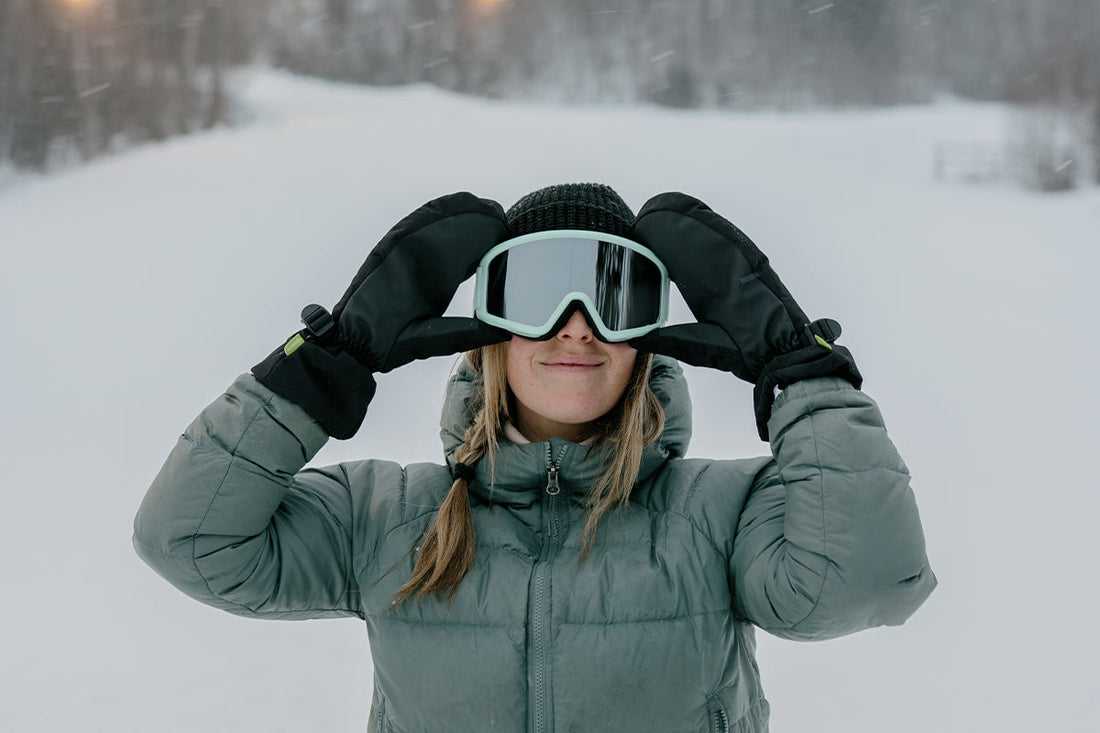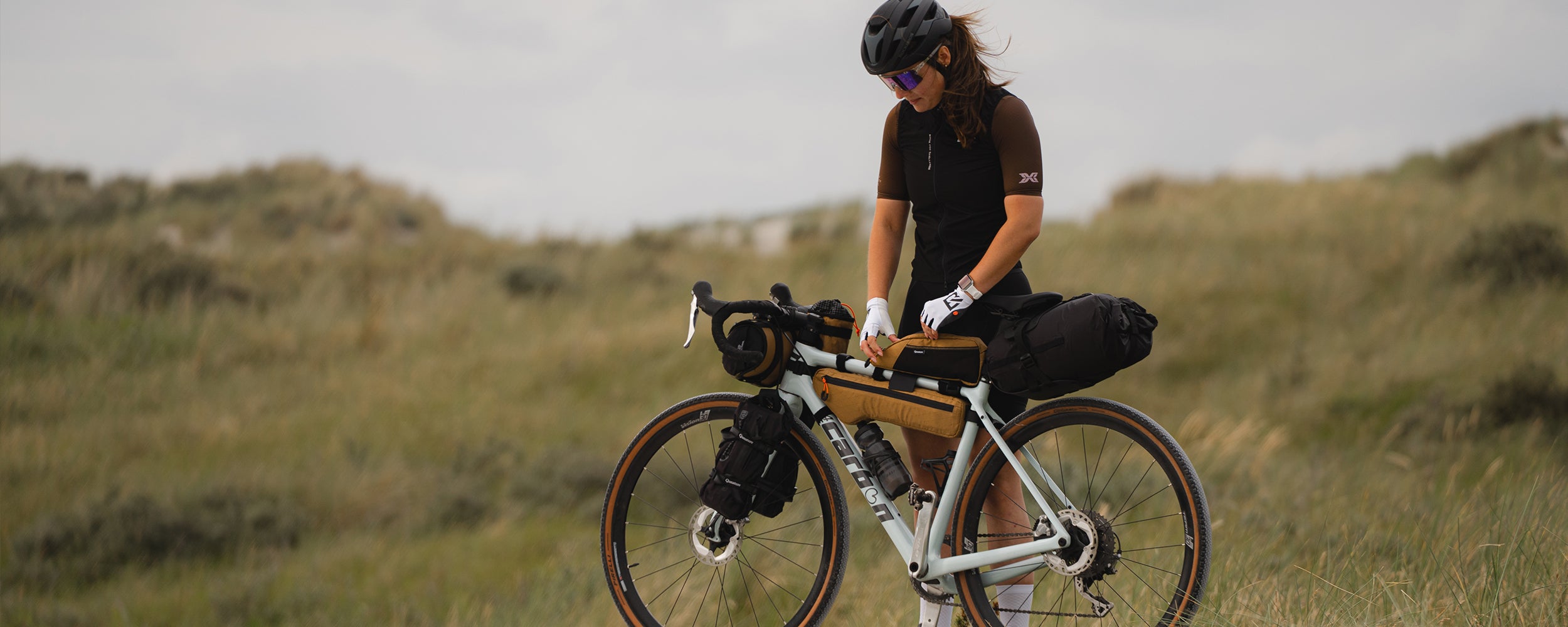The Ultimate Ski Goggles Guide 2025: Clear Vision, UV Safety & Lens Tips

With winter just around the corner, it’s the perfect time to gear up for the slopes. Ski goggles are a must-have for any skier, combining functionality with comfort to keep you ready for every run. In this 2025 guide, we’ll explore everything you need to know about choosing the right ski goggles—from advanced anti-fog coatings to lens colors—so you can enjoy a safe, confident, and comfortable ski season.

Why Ski Goggles Are Essential for Safety and Comfort?
Ski Goggles Protect Against Snow Glare, Wind, and UV Rays

How Anti-fog Ski Goggles Keep Your Vision Clear
Common Causes of Fogging and Safety Risks
Foggy lenses are one of the most common challenges skiers face. When warm air from your breath or body heat meets cold outdoor temperatures, condensation forms on the inside of the lenses, drastically reducing visibility. This can be dangerous on steep slopes or during high-speed descents.
Anti-fog Features: Double-layer Lenses, Coatings, and Ventilation
Anti-fog ski goggles solve this with:
- Double-layer lenses: Create a thermal barrier to reduce condensation.
- Anti-fog coatings: Prevent water droplets from forming on the inner lens.
- Ventilation systems: Maintain airflow and moisture escape for clearer vision.
Tips for Maintaining Anti-fog Performance
Avoid wiping the inner lens with fingers to protect the coating. Store your ski goggles dry in a protective case to prolong anti-fog performance. Choosing ski goggles with robust anti-fog features ensures clear vision during high-intensity runs or rapidly changing weather.
Protect Your Eyes with UV400 Ski Goggles
Why UV Protection is Crucial at High Altitudes?
Snow reflects up to 80% of UV rays, increasing eye exposure at high altitudes. Prolonged exposure may cause snow blindness, eye fatigue, headaches, and even long-term damage. Ski goggles with UV400 protection block 100% of UVA and UVB rays, providing complete eye protection.
Features of UV-protected Ski Goggles
UV-protected ski goggles also reduce glare, enhancing visibility on bright sunny days and even on partly cloudy days. High-quality UV goggles often combine anti-scratch coatings with UV protection for long-lasting clarity.
Check out our UV400 ski goggles for full eye protection.

Choosing the Right Lens Color for Every Snow Condition
Lens Colors and Their Benefits
- Yellow/Gold: Improves contrast in low-light or cloudy conditions.
- Rose/Red: Versatile, enhances depth perception and terrain detail.
- Blue/Green: Reduces glare on sunny days while maintaining clarity.
- Dark Gray/Black: Maximum glare reduction for bright sunlight.

Switch lens colors for any condition—shop our ski goggles now.
Interchangeable Lenses for Variable Conditions
Some ski goggles feature interchangeable lenses, allowing adaptation to weather and lighting. Switch to yellow for foggy mornings, dark gray for sunny afternoons, and maintain optimum visibility.
Ensure the Perfect Fit and Comfort for Long Ski Days
Key Features for Comfort and Fit
- Foam padding that molds to your face
- Adjustable straps for helmets
- Lightweight frames reduce pressure

How Proper Fit Reduces Fogging?
A proper fit enhances peripheral vision, reduces fatigue, and improves safety. Optimized airflow reduces fogging and moisture accumulation.
How to Care for Ski Goggles to Make Them Last Multiple Seasons
Maintenance Tips for Longevity
- Avoid touching inner lens; use microfiber cloth
- Store in protective pouch
- Keep dry and ventilated between uses
-
Replace lenses or straps if damaged

Maximize Safety and Performance by Choosing the Right Ski Goggles
Key Takeaways for Selecting Ski Goggles
Choosing the right ski goggles is essential for a safe and enjoyable winter on the slopes. By considering anti-fog technology, lens colors, UV protection, and a comfortable fit, you can enhance both your performance and experience. Take the time to select goggles that match your style, terrain, and conditions—so you can confidently embrace every run this ski season.












